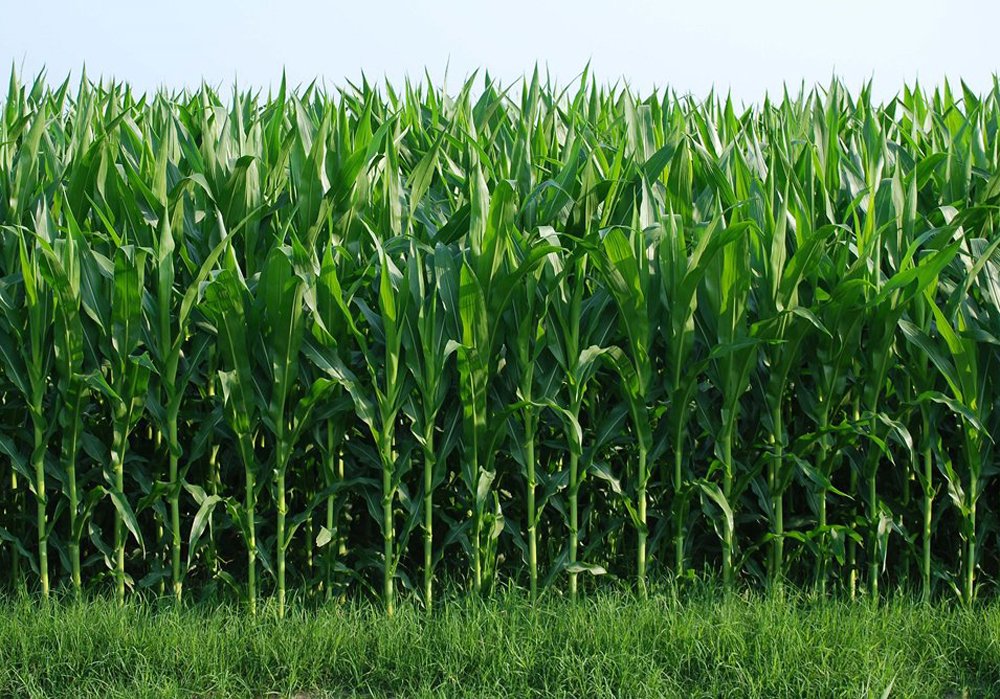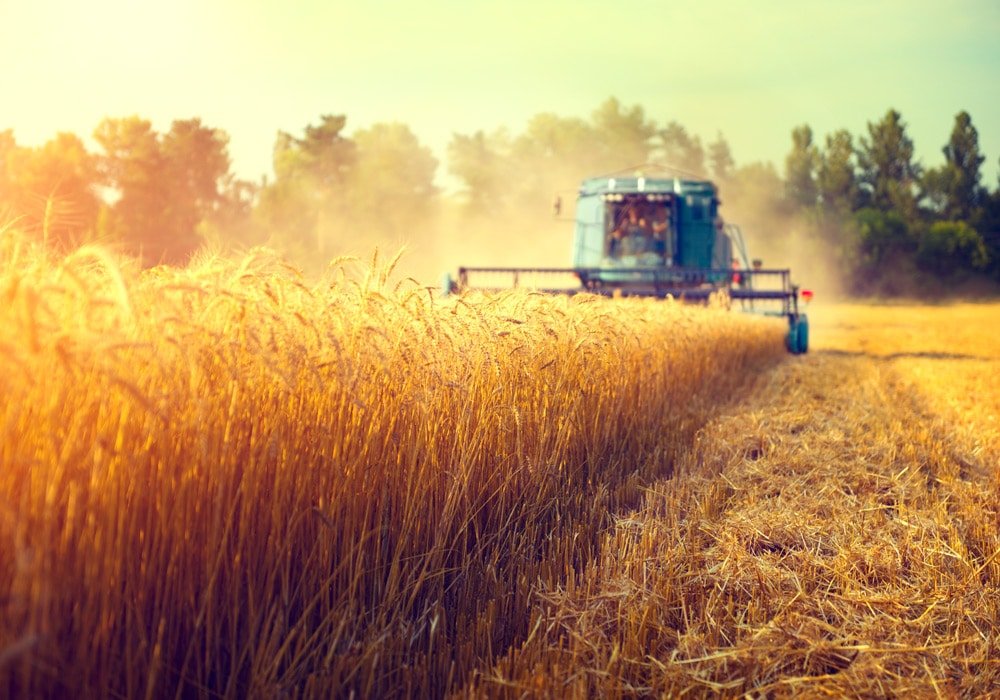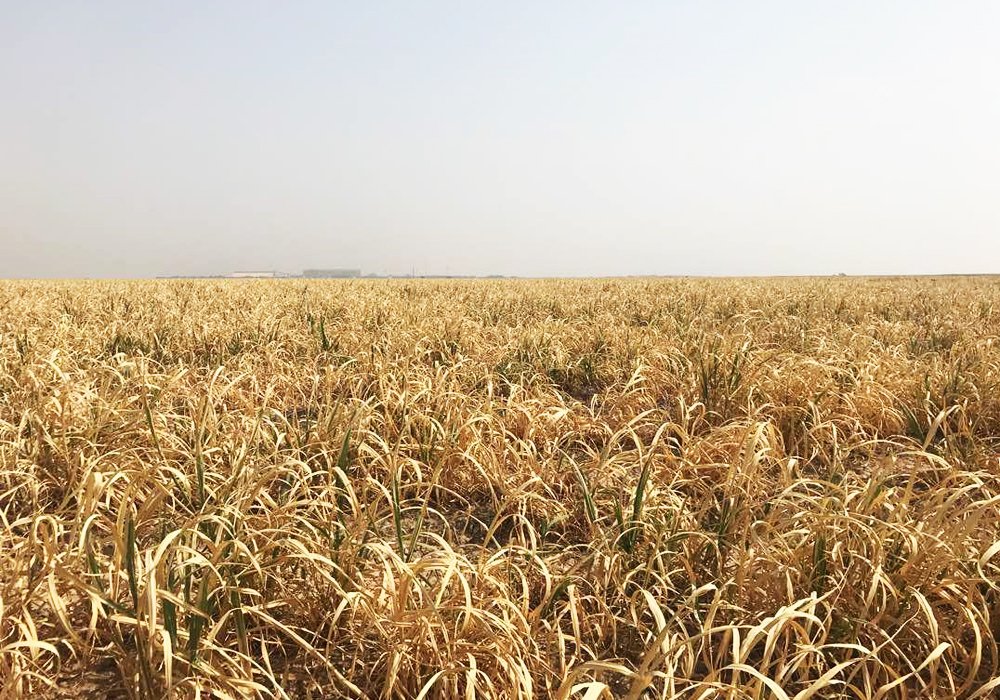Most of the sugar cane fields in Dehkhoda sugarcane cultivation and industry have been subjected to tension due to drought and dehydration and more than 70% of the cane fields of this damaged unit have been damaged.
According to Bai Press: The bulk of sugar cane fields have been tensed in drought and dehydration due to drought and dehydration, and more than 70% of sugar cane fields were damaged.
The crops of this cultivation have suffered more damage than other crops and industries due to their water supply needed only from the Dos river.
This year, in the drought headquarters of Khuzestan province, due to the dehydration situation and the drought conditions, each sugarcane cultivate and harvest 14 cubic meters of water per day from rivers, which is a significant decrease compared to last year, and so far this has not been achieved. .
Due to the drought, only 2500 hectares of irrigated fields were irrigated from 12 thousand hectares of sugar beet cultivating Dehkhoda unit. Farms are irrigated for only 25 days at 25 days, which causes the sugar cane fields to dry. However, during this season, irrigation of farms was to take place within 6 days.
“Now sugar cane is damaged these days, and now we are worse; the sugar cane fields are thirsty and thirsty, thirsty for nothing and, of course, insecurity. We are a farmer and a cane worker; we have lived with cane sugar for many years and we have dried these plants like our children. Now we stand beside the cane stalks, so that they do not stand. “This text, Dell is one of the workers of the sugar cane development company, who is no longer a candy cane boxer these days.
300 people will be unemployed for reducing each thousand hectares, and if the cultivation and drying of sugar cane fields disappear, employment and the economy of the region and province will be hit.
According to senior executives at the Dairy Crusher Company, water shortages and frequent cessation of electricity are the main cause of damage to cane sugar. According to the drought headquarters, it was stipulated that 20% of the water quota would be reduced to sugar cane, but not only did not allocate that amount of water, but cut electricity too.
Currently, due to drought, water shortages and cane sting, the plant has lost its portion. Also, water quality is several times undesirable, and in cane cultivation, this means a decrease in production capacity.
Dahkhoda’s cultivation and industry are in accordance with the quota of received water and the activity in this cultivation and industry is adjusted according to the amount of water received. According to the estimates, the damage to the sugarcane cultivation industry of Dehkhoda has been estimated to exceed 1000 billion rials.
The lack of this cultivation and industry will increase the size of the refuge centers in the region and the province, and sugarcane cultivation and industry is very important for us in terms of the changes in the ecosystem of the region and they have a very effective role in controlling and stabilizing the microstates in the province.
Creating employment and production in the pursuit of a resilient economy and helping the national and provincial economy, as well as providing sustainable development in the region, are important factors that suggest that all senior provincial leaders, such as the governor and honorable members of parliament, should help to solve the problems Dehydrated sugar cane cultivation and cultivation.
According to the report, Dehkhoda cane sugar cane fields are irrigated for only one occasion in July, if not irrigated until the end of the summer, a large part of the dead plants will be destroyed and can not be returned with irrigation. In this case, threats such as labor crises, the stopping of sugar production, unemployment and the economic security of workers and their families will threaten the region and the province.




